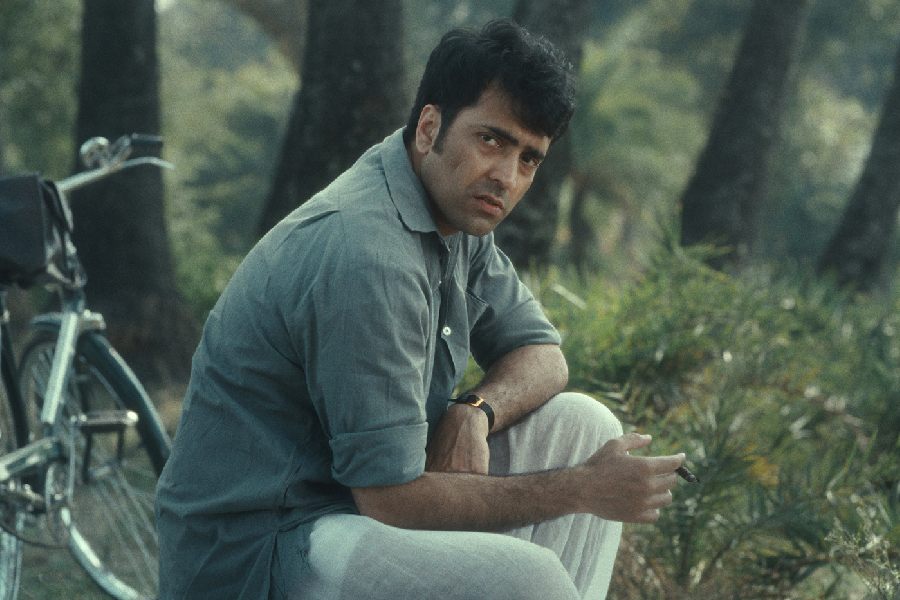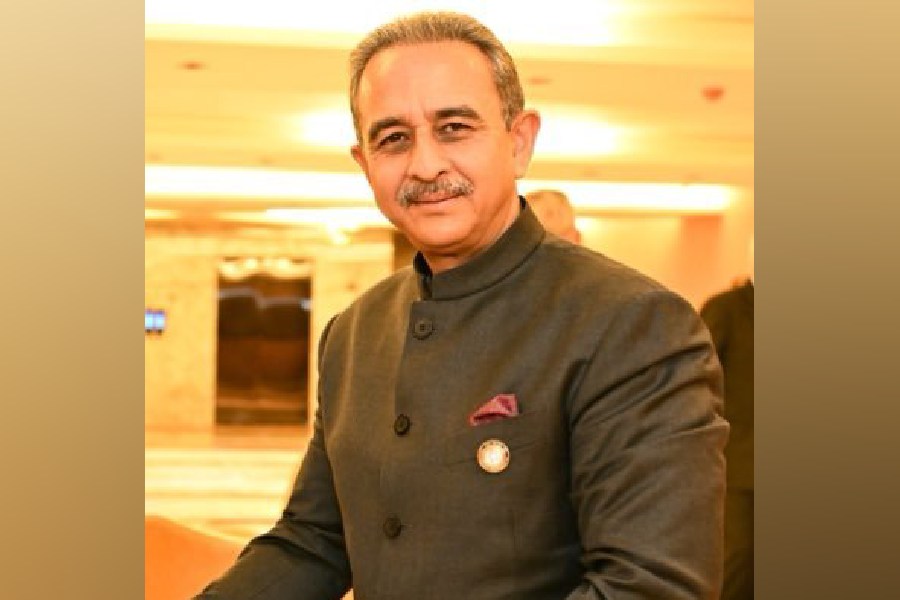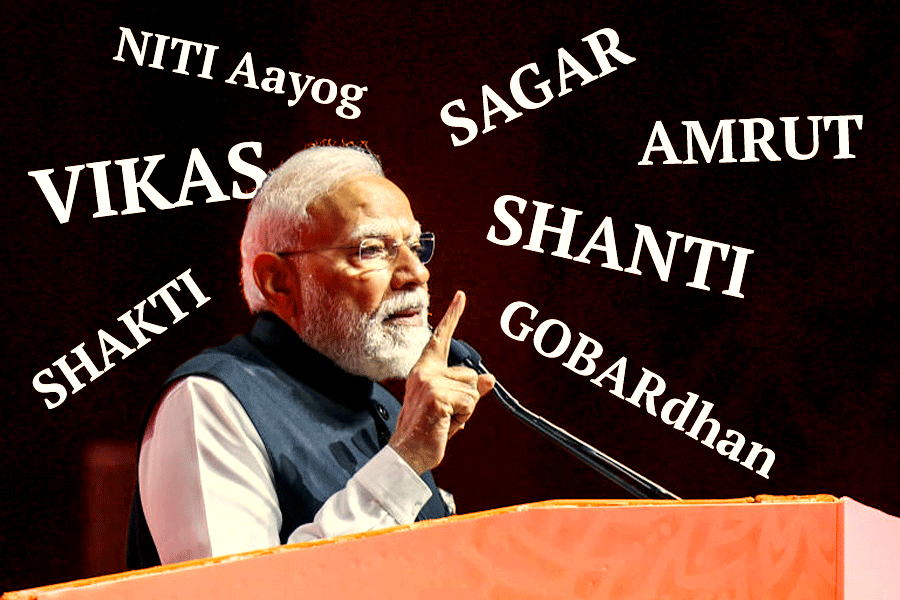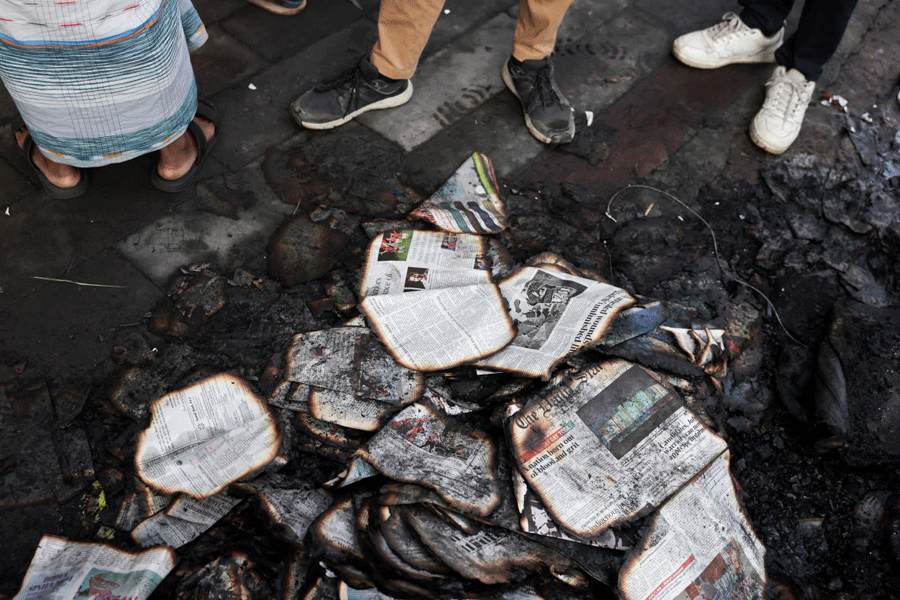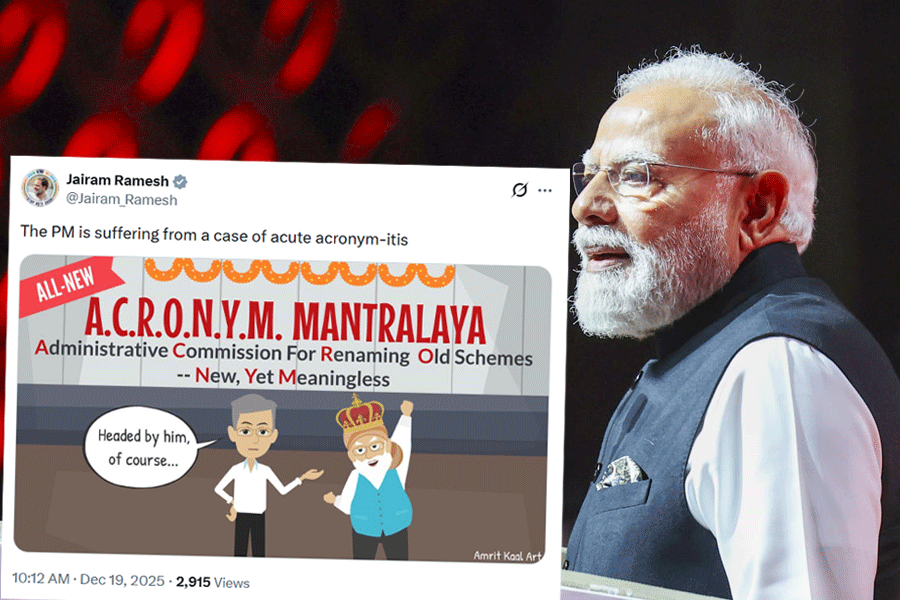Suman Mukhopadhyay’s Putulnacher Itikatha, adapted from Manik Bandyopadhyay’s 1936 novel, released in theatres this week after its world premiere at the International Film Festival Rotterdam in February. Starring Abir Chatterjee in the lead role, the film takes a measured approach to explore the perennial conundrum surrounding traditionalism vs modernity.
The film is set in the early 1940s, in rural Bengal, against the backdrop of rising nationalist movement and the looming famine. The story revolves around Dr Shashi (Abir Chatterjee), a young doctor who returns to his native village of Gaodiya after completing his education in Calcutta. He comes back believing that modern medicine and scientific thinking can help the people he grew up with. But his return becomes a test of those beliefs.
The film focuses on three key relationships in Shashi’s life — his interactions with the scholar Jadab Pandit (Dhritiman Chatterjee), the misunderstood Sen Didi (Ananya Chatterjee), and the spirited Kusum (Jaya Ahsan), who lives in the same household as his childhood friend Paran.
Jadab Pandit represents the traditionalist generation. He has deep faith in ancient Indian knowledge systems and dismisses Shashi’s Western education. He is not shown as ignorant, but as someone holding on to a system he trusts. Their arguments are calm, and there is affection underneath the disagreement. This balance is one of the film’s strengths.
Sen Didi, a young housewife, lives under constant scrutiny. She falls ill with smallpox, and Shashi treats her when her husband fails to recognise the disease. Though she recovers, one of her eyes is permanently damaged. Ananya Chatterjee plays her with restraint. Her scenes show how illness, beauty, and shame are linked in a society where women are often judged by appearance.
Kusum is the most complex character in the story. At 23, she is childless and labelled infertile. But she refuses to let this define her. She jokes, flirts, and goes about her life like everything is normal. Jaya Ahsan plays Kusum without melodrama. One scene near a pond, where she and her sister-in-law Moti (Surangana Bandyopadhyay) get into a scuffle, is a standout.
Shashi is drawn to both women. While there is an undercurrent of tension in his interactions with Kusum, with Moti, he experiences a softer attraction. But neither relationship reaches clarity. The line “Shorir, shorir! Tomar mon nai, Kusum?” — one of the most quoted from the novel, and now a meme material — is used carefully.
Kumud (Parambrata Chattopadhyay), Shashi’s college friend, enters the story as a performer in a local jatra troupe. He brings energy and connects easily with villagers. His interest in Moti leads to marriage, shifting the balance in Kusum’s household and leaving Shashi unsure of his own place in the scheme of things.
The last act of the film deals with Jadab Pandit’s public declaration of his death date. Treated by the villagers as a spiritual event, it turns out to be a planned suicide, something Shashi understands but cannot prevent. Jadab leaves behind his land and wealth to build a hospital, asking that Shashi run it. This act makes Shashi stay in the village instead of leaving for opportunities abroad.
The narrative flows at a leisurely pace in Putulnacher Itikatha. Mukhopadhyay makes the audience stay with long silences and pauses. Editor Tinni Mitra allows moments to breathe. Cinematographer Sayak Bhattacharya captures the rural landscape with simplicity. Prabuddha Banerjee’s background score supports the narrative without overshadowing the emotions.

